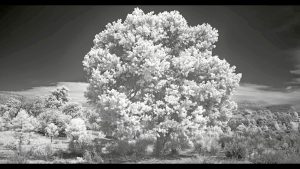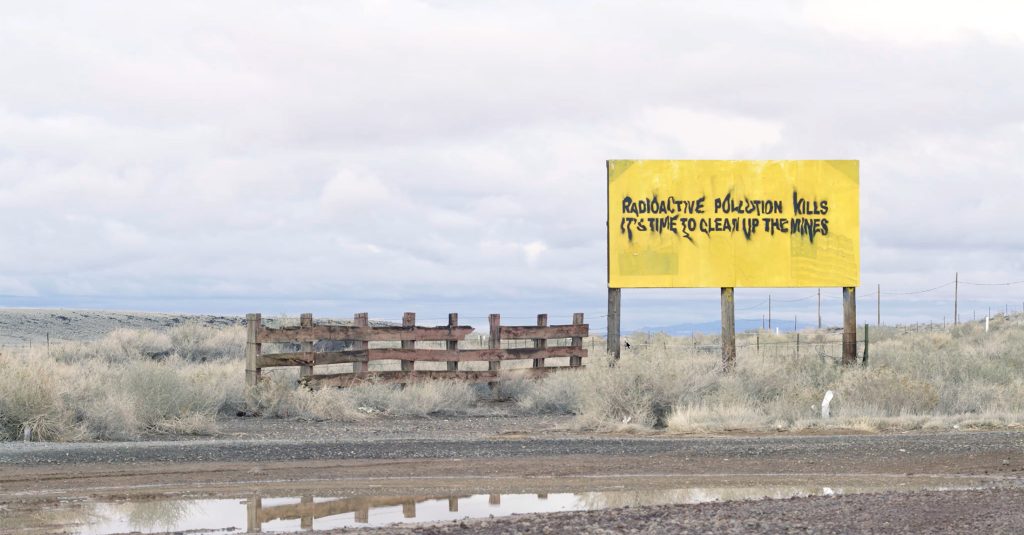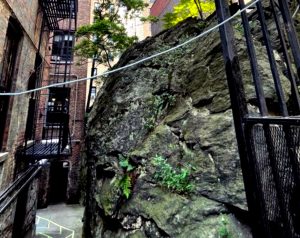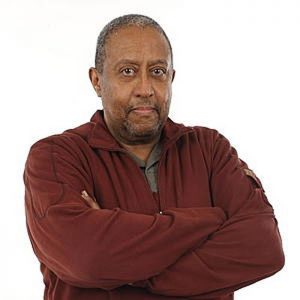Part 2 Review, Q&A
Edited for Style, Context & Clarification
Director Hadley Austin’s Instagram page is one source for those who want to keep up to date with her. Click Here.

Director Hadley Austin, Picture courtesy of TK
Gregg Morris: We’ve been speaking about 30 minutes. Time went so fast because the interview, I mean, you’re so wonderful about telling this story; I watched the film, you tell the story and then this conversation. Perfect. So, are there any questions that you wished journalists had asked or that the next journalists should ask or should ask better?
Director Hadley Austin: Well, I do think that this film is about an issue that of course, will outlast us, right? We are just links in a long chain of films, literally. There are other films that are about this issue that are in my film. I gave them homage and put clips in our film to show that we weren’t the first. We will not be the last. This is a forever problem in some ways. But there are two things that I think are important for right now. I think one of those things is even though this is a very challenging issue, and even though it is probably true that things cannot be just sort of magically returned ecologically to the way they were a century ago before the mining, that’s not possible.
But what is true and what I think is really overlooked, I think people sort of give up.

“… this film is about an issue that of course, will outlast us … a forever problem”
And that’s understandable. It’s overwhelming. But all of these situations can be improved on capping radon vent holes, like the holes that open the film, like formally capping those, not just putting a rock over them actually does improve health prospects for people who live near those radon vents and deciding something productive to do with waste, mine waste or mill waste.
There’s lots of different waste on the Navajo nation or around it deciding. There’s lots of different things you can do. You can cap it, you can encase it, you can transport it and put it somewhere else though that opens up other questions of where you’re going to put it. But things can be done. And so I think it’s important to not look at the situation like it’s hopeless. And that was a real goal I had with the film was we do have to be hopeful, and we do have to actively work towards improvement.
But the other thing that I think is important that hasn’t been talked about very much is in 2005, I think the Navajo Nation made a uranium mining ban and also a transport ban. And so what that means is that no radioactive material can be transported through the Navajo Nation. And this was done around the time that Yucca Mountain was still a proposed site for nuclear storage in America. And there were attempts to, because if you drive it across I 40, eventually you have to go north to get into Nevada, and where are you going to do that? And some of the roots were through the Navajo Nation.

One of several captivating images about the truth and nothing but the truth about the ravaging of Navajo communities.
The Navajo Nation government said, no, no radioactive materials can be driven through the Navajo Nation. And this transportation ban is currently being violated by a company called Energy Fuels. And Energy Fuels owns three mines, two in Southern Utah, and one right outside of the Grand Canyon.
That one has been contentious for years. They finally, finally succeeded in reopening that mine. It used to be called Canyon Mine.
And if you Google that, you’ll find a lot of the arguments against it and for it, and they’ve renamed … maybe they renamed it to confuse people. But anyway, energy fuels owns these three mines, and these are the three newly active uranium mines for the first time in about a decade. And there’s a mill only functioning mill in the United States right now.
Uranium Mill is in White Mesa, Utah, so that’s southern Utah. And so the way that they are proposing to get the materials from Pinyon Plain, which is in northern Arizona to White Mesa Mill, is through the Navajo Nation, which violates the transport ban. And energy fuels is arguing that while the Navajo Nation is autonomous in the way that tribal governments are considered to be autonomous, the road is a state road and so is not governed by tribal law. That’s their argument. The Navajo Nation obviously does not agree. And that logic would be very interesting logic. I mean, it would imply that then Navajo Nation police can’t pull over someone who’s speeding or driving recklessly on that state road anyway.
Yeah. Oh yeah. It’s wild. I think that the takeaway from all of that is that this is a really active issue. This isn’t just a thing that happened in the past. This is something that is happening also right now. And we all collectively could figure out ways to express our unhappiness with the situation. We could call our representatives, we could call the representatives who are on the natural resources subcommittee in Congress. We could, I don’t know, make public statements about how really nuclear isn’t green because it isn’t, right?
Just this tiny little section in the middle is green, and then the front end and the back end are an environmental disaster. And even with the fires that are burning in Texas, there’s a plant that is being threatened by the current fires in Texas.
You know what I mean? It’s so impractical. But yeah, that’s what I wish was being talked about more when people talk about the film, just the current state of the issue.
Gregg Morris: So what’s next in your filmmaking?
Director Hadley Austin: Well, my partner, Yoni, is working on a film that’s a collaboration with Amazon workers and a project that I wish I had this guy’s name, I should look it up because he should definitely get, but there’s this person in Canada who’s been meeting with Amazon workers and doing writing workshops with them to write science fiction stories and imagining sort of a post Amazon future.
And so my partner wants to collaborate with him and work together with this project to make a film, which I think will be really cool. And I’m of course going to help with that in the ways that I can help. But he’ll head that one. He’ll direct that one. And then, for me, I am working on three other projects. I’m working on one project about the Patriot Act,* about how the Patriot Act laid a foundation for both the militarization of police and also for the silencing of critique and descent, specifically with environmental activists, but of course it could be more broadly applied.
So I’m working on that. I’m working on a project about Iraq and New York City that you should go visit. It’s a really cool rock.
*{Patriot Act }
It’s at 100 14th in Harlem, and it’s called the Rat Rock. I’m working on it. It’s really cool. It is a cool rock. It’s owned, the Rock is owned by Columbia College, and I think Columbia College wishes that they did not own the Rock because it takes up so much real estate. It’s an outcropping of Manhattan Schist, which is the bedrock of Manhattan, the literal bedrock. And it’s so hard, it’s really hard to blow up. When you look at this rock, you can see where they drilled the explosives into it, the dynamite sticks in, and where they just didn’t. And it’s a really cool, it’s a little uncultivated wild space. It’s covered in beach trees. Rats love it. They call it the rat rock. But anyway, I’m making a little film about that with a local geologist like a New York City geologist.

Named by residents plagued for decades by rats nesting in it; an example of how geology has quietly dictated New York City’s building patterns.
Director Hadley Austin: And then I’m making a piece about living in a body in this increasingly digital age,
Gregg Morris: Living in a body? Okay.
Director Hadley Austin: Yeah, this physical body or your physical body, it’s about how we all are living in bodies differently. And it is essentially working with people whose bodies are policed, which is all of us really, but I guess not able-bodied cis white men, but immigrant bodies, handicapped bodies, nuns, incarcerated bodies.
Gregg Morris: Okay, sorry, my last poke is Okay, I can say something far French. Yeah, say it. You’re weaponizing documentary and fiction film to bring about great change, or at least the plant the seeds to great change. I can dig that.
Director Hadley Austin: Yeah.
Gregg Morris: Okay. So I’m going to not say there’s a better way, but you are weaponized. And for me, I’ll be careful with it. It is just another form of being super committed no matter what. Oh, that’s, yeah. Super committed is better than weaponized. I’ll stick with that.
Director Hadley Austin: Yeah, I mean, they are, whatever they are to people, I definitely want them to be tools useful to, when the film was made, we worked collaboratively with the community for so many reasons, but ethical reasons. We want it to be good, but also I really wanted it to be useful to them however they needed to use it, right? Everybody who worked on this film, demon Mineral had a related goal, but a slightly different goal.
And so I wanted it to be useful for those aims. And I also want it to be useful for other communities all up in Appalachia, they’re arguing for nuclear storage, they’re arguing for new uranium mining. I wanted it to be useful for that. But yeah, I did have to that point, I had this really funny conversation with my partner where I was like, I’m not an activist. I’m an artist. And he was like, you just spent five years of your life in every waking moment making this project that’s about an issue.
So I think, yeah, there is something, yeah, I definitely make work that is commentary for certain and work that I hope encourages people to reevaluate the world they’re living in and really imagine that it could be different, because I think it can be.

Editor, Publisher Gregg W. Morris @ gregghc@comcast.net, profgreggwmorris@gmail.com